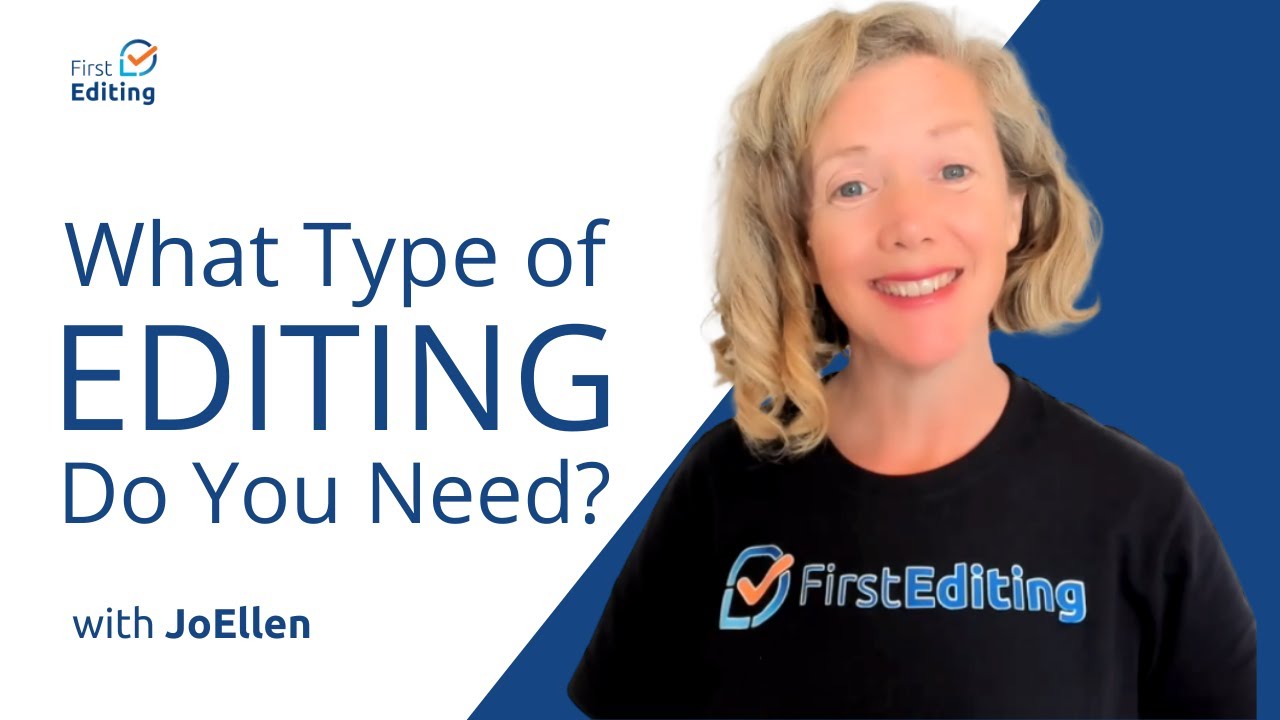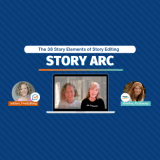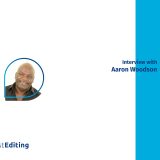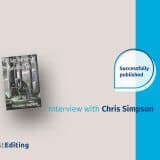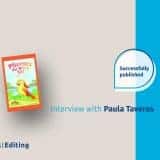
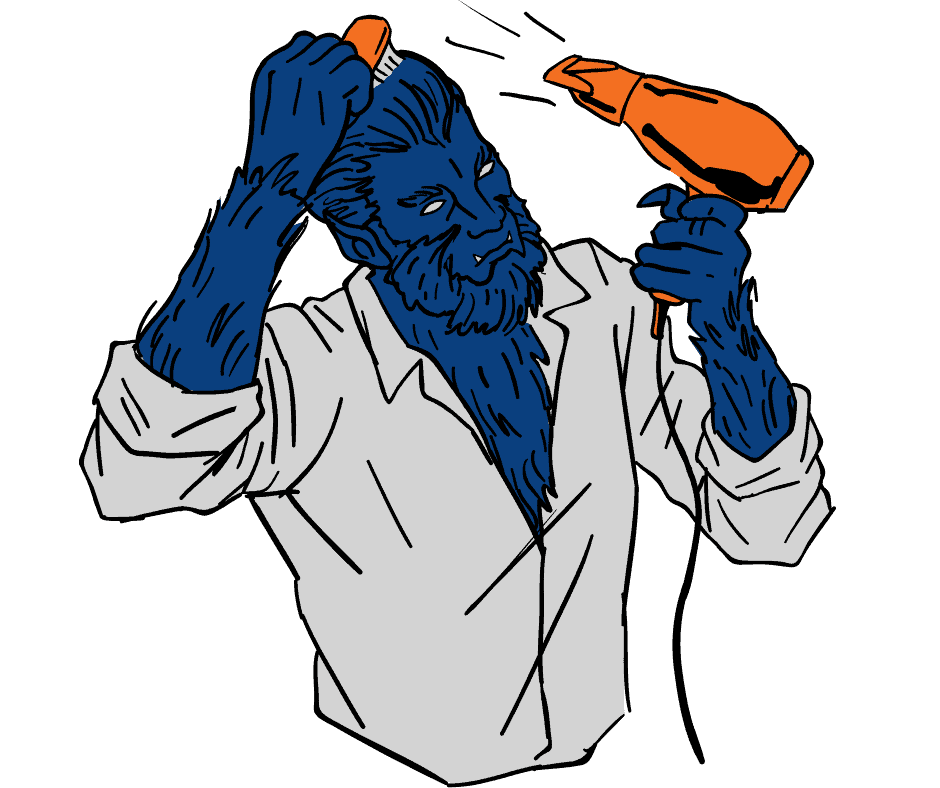
Young Adult fiction, or YA, is a category of fiction largely written for adolescents and is so popular it can fly off the shelves, sell out in pre-orders, and become a blockbuster film.
Think of the popularity of the ginger-haired Anne in Anne of Green Gables (L. M. Montgomery); the adventures of Ron, Harry and Hermione in Harry Potter (J. K. Rowling); the homesteading exploits of Little House on the Prairie (Laura Ingalls Wilder) or even the incredible sisterly connection in My Sister’s Keeper (Jodi Picoult). And then there’s Twilight (Stephenie Meyer) and The Hunger Games (Suzanne Collins), which both need no explanation. All were bestsellers and became films or television series.
What is young adult fiction?
Young adult fiction is written for preteens and teens aged 12 to 18, with themes that resonate with this readership. This includes things like coming of age, first love, substance abuse, teen pregnancy, peer pressure, abusive relationships, and sexuality. The stories have a teen narrator or protagonist and are set in typical teen settings like a school, a job, a sports community, or local hangout.
Because they capture or describe emotions, experiences, or concepts teens might face, or objects they are familiar with or excited about, these books are extraordinarily popular.
Elements of Young Adult Fiction
Another key reason young adult fiction is so successful is because it uses a standard formula featuring a teen protagonist facing an external or internal struggle. This can be related to their beliefs, surroundings, morality, or some other issue they are facing.
Adolescents identify with this idea and may see themselves in that character, or just be lost in the fantasy of another young hero battling evil or an injustice, searching for treasure, or whatever the plot line is while dealing with these internal and external issues.
Think of Harry’s battle with Voldemort (external) in the Harry Potter series and his own self-esteem over the loss of his parents, treatment by his relatives and just fitting into a school of witchcraft and wizardry (internal). Or Anne Shirley’s constant mistakes and problems with her peers or other adults in Anne of Green Gables (external) and the struggles she has with her own identity as an orphan, her fiery temper, and issues over her red hair (internal).
Because adolescents relate well to these internal and external issues, they are easy for teachers to use in the classroom from middle and high school right through to the college and university level.
There is usually some blurring between young adult fiction (12-18 years) and adult literature (starting at 18-30 years), and even children’s literature, so it remains popular across many reading ages. There can be teen protagonists in adult literature, or 20-year-old protagonists in young adult fiction.
However, for parents of younger readers, some caution is recommended, considering some of the themes that are presented. And the voice, tone and style of young adult fiction is more geared to the way the teenage group thinks, speaks, and acts.
RELATED READ: A Guide to Romance Novel Genres
Some background
Young adult fiction has taken off in the last few decades and become a popular and lucrative category. As a result, any serious bookshop or library always has a very good young adult section.
However, while the concept of a teenager only began around the 1950s and young adult fiction was only really identified in the last 30 years, there have been books around for teens for quite a long time.
Early novels, or classics like Northanger Abbey by Jane Austen (1803), Little Women by Louisa May Alcott (1868), and Wuthering Heights by Emily Bronte (1847) are all about the role of young women in their respective times with characters striving for independence and equality.
For this reason, some of these novels were viewed with some trepidation when young women at those times were perhaps supposed to be more interested in running a household and managing the children. This is perhaps no different to how modern young adult fiction is viewed at times, such as some of the moral outcry over the wizardry and dark arts portrayed in Harry Potter or vampires in Twilight.
Examples
Other than the titles mentioned above, there are plenty of classic and contemporary examples of young adult fiction. Let’s take a look at a few of each.
The Adventures of Huckleberry Finn by Mark Twain (1884) is a childhood favourite of many. While it explores some serious issues such as race, identity, humanity, social responsibility, and what it means to be free and civilized, it is also a story about Huck’s adventures and exploits with his best friend Tom.
King Solomon’s Mines by H. Rider Haggard (1885) is an adventure story explicitly written for men about the search for a missing brother who had gone looking for the fabled mines of King Solomon in an unexplored region of Africa. The dedication reads, “This faithful but unpretending record of a remarkable adventure is hereby respectfully dedicated by the narrator, Allan Quatermain, to all the big boys and little boys who read it.” Can’t get more young adult fiction than that.
More contemporary examples include The Book Thief by Markus Zusak (2006), set in Nazi Germany during World War II. It became an international bestseller and was translated into 63 languages. The story follows a young girl living in Nazi Germany and some of the horrors she was exposed to in war and politics. For this reason, she begins stealing books the politicians are seeking to destroy. Given these themes, it is generally considered more suitable for older teens.
Are You There, God? It’s Me, Margaret by Judy Blume (1970) is about a sixth grader that grows up without a religion because of her parent’s inter-faith marriage. Its relatable portrayal of the anxieties Margaret faces not only about her religion but boys, menstruation, and bras made it a bestseller.





